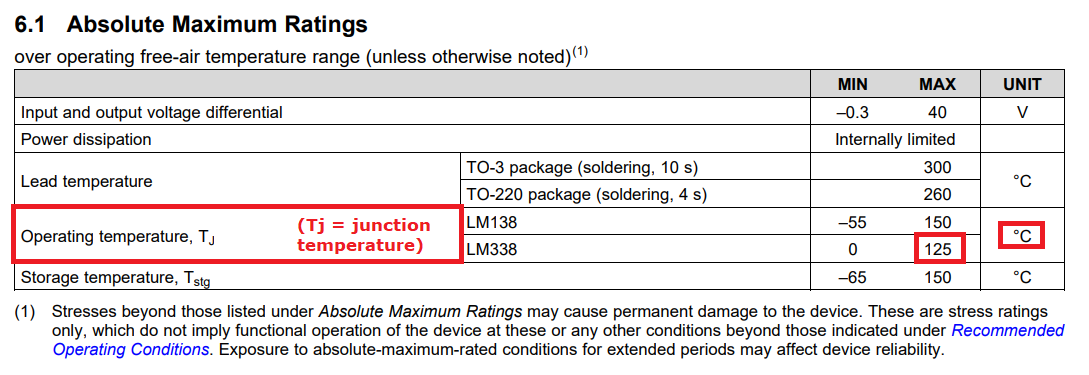My supply will output a maximum of 80W as heat.
and
I am using two TO220-package LM338s to regulate voltage and current.
Take a look at this table from the LM338 data sheet: -

The first thing you have to face is that the current limiter may not be quite going into current limit hence, all the 80 watts is being produced by the LM338 acting as a voltage regulator. Given the thermal resistance figure, that produces a temperature at the internal junction that is 0.7 x 80 above ambient. So, if ambient is 25° C, then the junction will be 56° C warmer at 81° C.
But, it's worse than this because you can't have an infinite heatsink taking all that heat energy away. You might find one that is 0.5° C/watt and, that means that the net thermal resistance to true ambient is 1.2° C/watt. This means that the junction will be warmer than ambient by 96° C. Or, if ambient is 25 ° C, the junction will be at 121° C.
That is very close to the maximum limit in the data sheet: -

So, realistically you should be looking for heatsinks with a thermal resistance that is significantly lower than 0.5° C/watt to be on the safe side.
However, if you can extract heat power by other surfaces on the LM338 there is a little bit of mitigation. See the top table for the other thermal resistances. All these thermal resistances are in parallel. Small gains maybe but they could be useful to have if you can afford the extra heatsink complexity.



